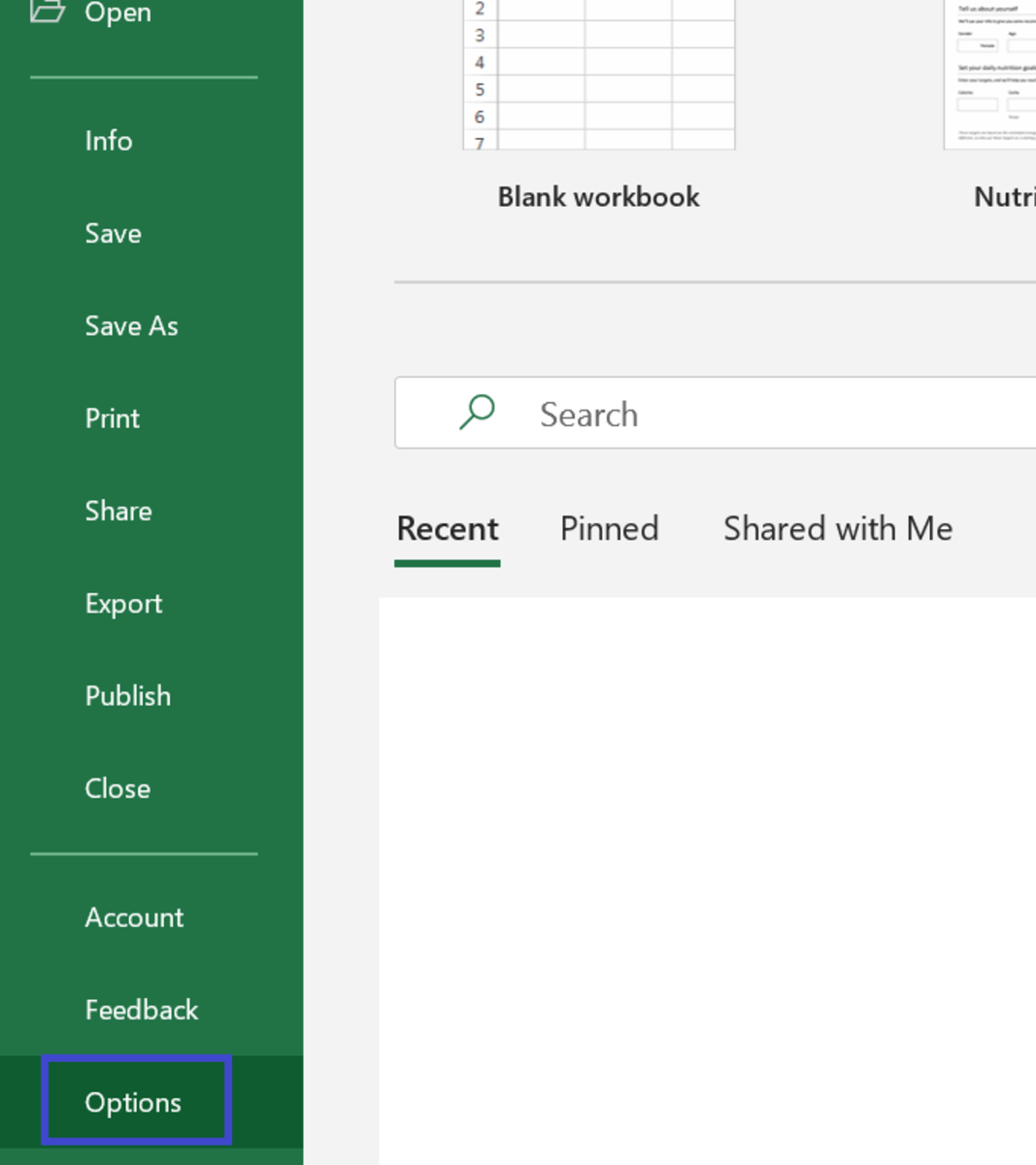
- #INSTALLBUILDER CHECKBOX VALUE TRUE OR FALSE INSTALL#
- #INSTALLBUILDER CHECKBOX VALUE TRUE OR FALSE UPDATE#
- #INSTALLBUILDER CHECKBOX VALUE TRUE OR FALSE SOFTWARE#
Let’s press “INSTALL”… WOW! This time it’s even faster! You know why: only the new bundles are downloaded, everything else is shared. The dialog proposes an installation directory based on my previous choice I also select “Luna” as the platform:
#INSTALLBUILDER CHECKBOX VALUE TRUE OR FALSE INSTALL#
Let’s try and install another Eclipse, e.g., the “Eclipse DSL Tools” (what else if not the one with the cool Xtext framework? 😉 Also note that the p2 agent location has a directory representing the profile of the installed Eclipse. You see that the installed eclipse does not have the typical directory structure: it has no “features”/”plugins” directories: these are in the shared bundle pool. Then, you’re ready to launch this installation, or see the installation log.īut first, let’s have a look at the directory layout: It only took about a minute to install this Eclipse on my computer. You’ll see that the installer is really quick (as far as I know, Oomph improved p2 internal mechanisms). Let’s press “INSTALL”, and accept the LICENSE, the installation starts: In the next windows, I choose to install the new Eclipse in a different folder from the proposed default: OK, now, back to the main window, let’s start installing “Eclipse IDE for Java Developers” Then I select the new bundle pool, and press “OK”.įrom now on, all the installations will be managed by the new agent, and all bundles will be stored in the new bundle pool. Just for demonstration, I’ll select the “pool”, “Delete…”, and create a “New Bundle Pool…” for the new agent, in another directory: So I select “New Agent…” and choose a location in my hard disk this will also set a bundle pool: To create a new bundle pool, you first need to create a new p2 agent the agent is responsible to manage the bundle pool, and to keep track of all the bundles that a specific Eclipse installation requires (this is also known as a p2 profile).

If you select that menu item, you can manage your bundle pools the installer already detected existing bundle pools (I’ve been using them myself, manually, for some time now, and it detected that):įor this blog post I will create another bundle pool, just for testing. One of the cool things of Oomph is that it natively and automatically supports bundle pools, it makes it really easy to manage them and makes installation faster and with less space requirements (what’s already been downloaded and installed won’t have to be downloaded and installed again for further Eclipse installations).

There is no duplication of content, and no duplicated downloads when upgrading software.”

#INSTALLBUILDER CHECKBOX VALUE TRUE OR FALSE SOFTWARE#
When using bundle pooling, multiple applications share a common plugins directory where their software is stored. “p2 natively supports the notion of bundle pooling. The very same top right corner, also opens a menu for customization of some features, the one I prefer is the Bundle Pool, a cool feature that has been in Eclipse for so many years, and so very badly advertised, I’m afraid!
#INSTALLBUILDER CHECKBOX VALUE TRUE OR FALSE UPDATE#
If you see an exclamation mark (on the top right corner), click on it, you’ll see some updates are available, so update it right away, and when it’s done, press OK to restart it. Once you downloaded it and extracted it, just run the executable oomph: 🙂įirst of all, the installer is currently available in the “Developer Builds” section: First of all, a big praise to Ed Merks and Eike Stepper for creating Oomph, on which the installer is based. I’ve just started using the brand new Eclipse installer, and I’d like to report my experiences here.


 0 kommentar(er)
0 kommentar(er)
